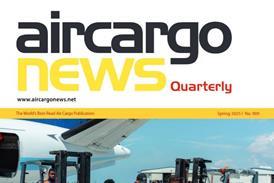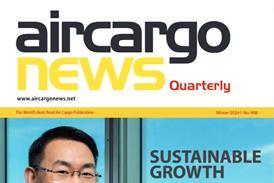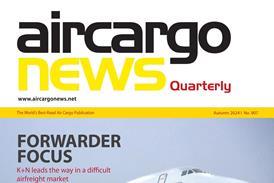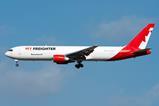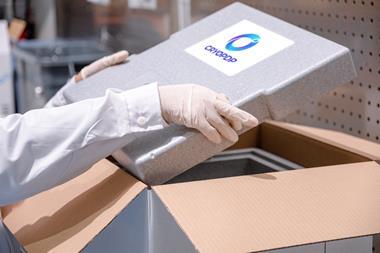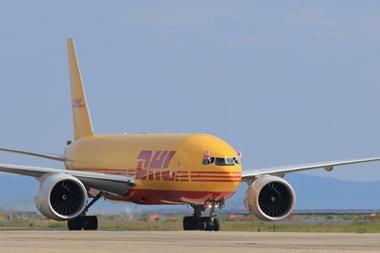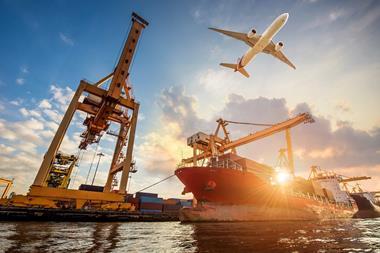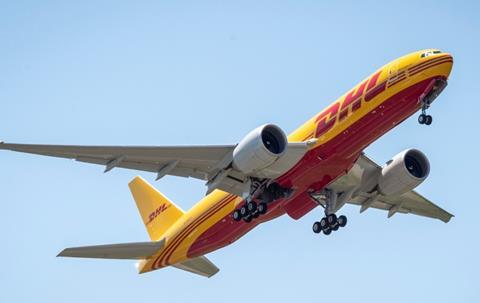
DHL’s airfreight volumes climbed in the fourth quarter due to regular peak season business as well as additional Red Sea-related and e-commerce demand, while demand on Asia and Europe trade lanes boosted overall 2024 results.
DHL reported an 8.1% year-on-year rise in airfreight volumes to 468,000 tons in the fourth quarter. Fourth quarter airfreight revenue in the Global Forwarding, Freight (GFF) division increased by 16.4% to €1.6bn and gross profit climbed by 21.3%.
Total fourth-quarter revenue in the GFF division was up by 12% year on year to €5bn.
Asia and Europe drive volumes in 2024
For full-year 2024, airfreight volumes were 1.8m tons, a year-on-year increase of 6.8%. DHL said that growth was "primarily on trade lanes from Asia and Europe".
Airfreight revenues increased by 4.1% in 2024, but gross profit fell by 11.3% with lower freight rates earlier in the year putting pressure on results.
2024 revenue for the GFF division as a whole increased by 1.8% to €19.5bn "due to higher volumes and freight rates".
Excluding negative currency effects of €88m, revenue was up 2.2% on the prior-year level, said DHL.
"The global forwarding market in 2024 was characterized by capacity constraints as a result of the disruption in the Red Sea and by ongoing geopolitical conflicts, particularly in Ukraine and the Middle East," explained DHL.
"Market volumes exceeded the previous year’s figures. Higher demand, particularly in e-commerce, and limited capacity caused freight rates in air and ocean freight to rise over the course of 2024."
In total, Group revenue increased 6.4% to €22.7bn in the fourth quarter. EBIT rose 12.9% to €1.9bn in the same period.
The Group saw revenue increase 3% to €84.2bn in 2024. EBIT was 7.2% below the prior-year figure at €5.9bn.
DHL Group chief executive Tobias Meyer said: "We increased our revenue in 2024 despite the challenging environment. In a strong fourth quarter with good service quality for our customers, we achieved substantial revenue and earnings growth.
"We expect the global political and economic situation to remain volatile in 2025. However, we want to continue growing in this environment and are focusing on the measures we can control. We are actively increasing our efficiency and accelerating our sustainable growth ambitions with our Group cost program ‘Fit for Growth’.”
DHL also continued to expand its fleet last year. The company said it signed contracts with Boeing between 2018 and 2022 to purchase a total of 28 new 777 freighters.
Delivery of the remaining six aircraft is planned for 2025, said DHL.
The company reached an agreement last year with Chinese cargo airline Central Airlines on the use of two DHL 777Fs, while in Europe, it continued to invest in its two continental European airlines: DHL Air Austria and European Air Transport (EAT).
DHL Air Austria added a third 767-300F to its operations. EAT added an Airbus A330F and two A300-600Fs, while two 757-200Fs were transferred to DHL Aero Expreso, Panama (DAE). In the Americas region, DAE’s fleet grew from six to ten aircraft, adding two newly converted 767-300P2Fs and two 757-200s from Europe.
DHL is also investing in its global hub in Cincinnati, US, and is constructing an aviation maintenance operation there for its fleet. In Brazil, it opened a new gateway at Viracopos International Airport.
In the Asia Pacific region, DHL opened a new gateway in Kuala Lumpur and expanded the Air Hong Kong fleet with three more converted A330-300P2Fs.
Completion of the current fleet renewal and modernisation project in Asia is expected in 2025.
As part of a new partnership with Japan Airlines, DHL started flights between Japan, Seoul, Shanghai, and Taipei. It also began direct flights from Hong Kong to Jakarta, Indonesia, Sydney, Australia, and Toronto, Canada.



